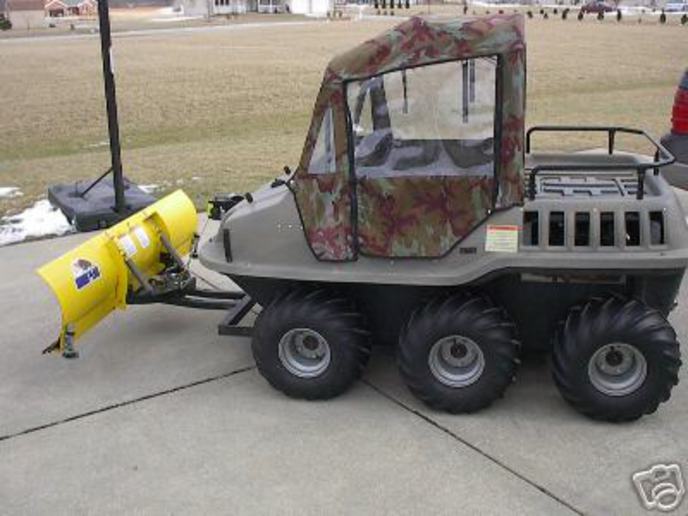just another old geezer
Member
Who out there collects maple sap for syrup and what method do you use?. The old order Amish tap my woodlot and they collect with a team of horses and small skid. With the wet fall and excessive snow is a muddy mess around here and they're really tearing up the pasture. I've been planning on working into the maple syrup business and there are plenty of trees in the woods to keep us all happy. We once tried collecting with the tractor and a skid but buried both. I was wondering what kind of equipment will actually work in the snow and the mud to collect sap without destroying the pasture. Unfortunately due to the large number of white tail deer (42 in a 22 acre corn stubble field last night) tubing the woods is not really an option. All ideas appreciated. Thank you


